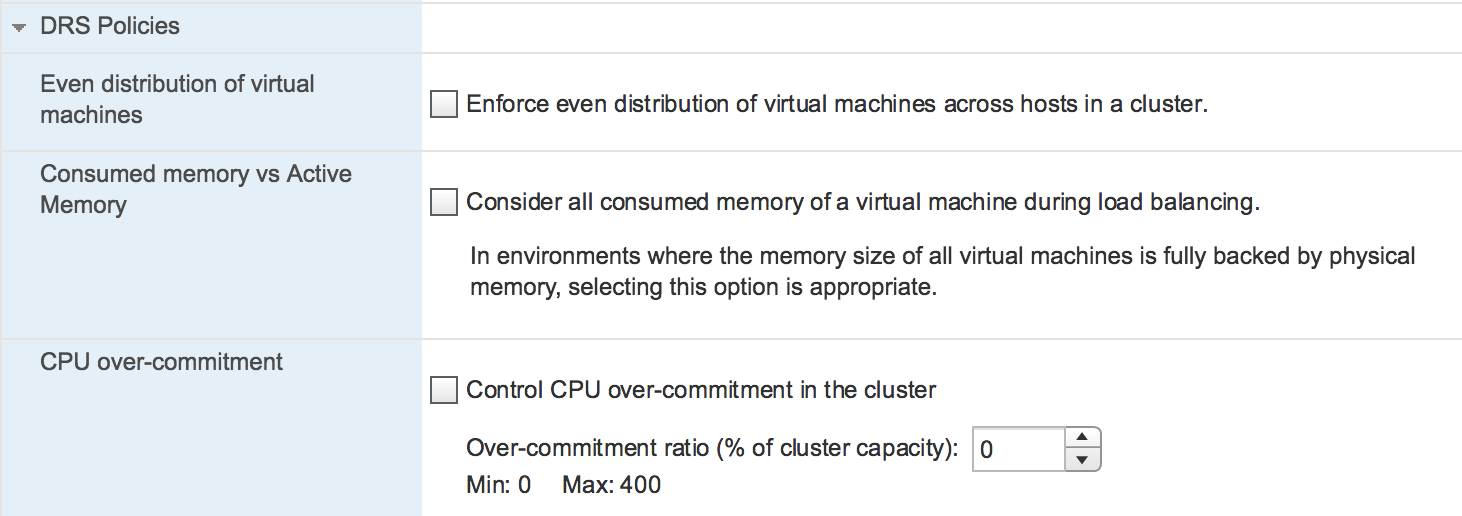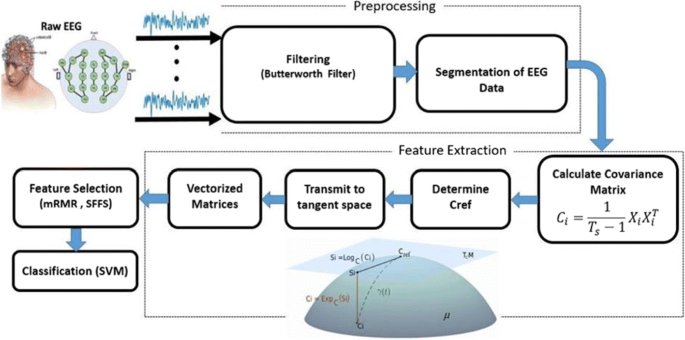

Power off VMs you don't use - Leave powered ON only the VMs you really need. If you leave the setting too low (too conservative), your VMs will not move enough, and the imbalance of your cluster will rise, or will happen more often, without being corrected. This is because the copy operations during vMotion might saturate network links, and if you don’t have 10GbE (or more), the vMotion operations will be never-ending. And remember that with each move, you create pressure on the underlying infrastructure, such as storage or CPU usage. I usually keep it in the middle, because if you’re too aggressive, you will most likely be moving your VMs around way too frequently. You must determine how aggressively or conservatively that you want DRS to run. Set DRS migration threshold in vSphere 6.7 To do that, select your Cluster > Configure > vSphere DRS > Edit > The slider allows you to move from the Conservative (left) to the Aggressive (right) position. The Conservative setting generates only priority-one recommendations (mandatory recommendations), the next level to the right generates priority-two recommendations and higher, and so on, down to the Aggressive level, which generates priority-five recommendations and higher (that is, all recommendations). The five migration settings generate recommendations based on their assigned priority level.Īs you move the slider to the right, each setting allows the inclusion of one lower level of priority. You can move the threshold slider to use one of five settings, ranging from Conservative to Aggressive. As the performance of each VM varies, the host's CPU and memory usage vary as well.


Migration Threshold - This option allows you to set a threshold that, when hit, causes DRS to kick in and move VMs around to achieve a perfectly balanced state. You can, however, create individual rules for VMs that need to be separated (or kept together). No decision from the admin is necessary to keep the cluster balanced.īy default, when you enable DRS on a cluster, the automation level selected at the cluster level is applicable to all VMs that reside in that cluster. Everything is fully automatic, and the admin does not see any messages concerning recommendations.
#Vcenter 6.5 drs options manual#

While the vMotion speed itself can't get faster, because it depends on the underlying networking and storage architecture, VMware was able to optimize the speed of decision making before the vMotion happens. The latest vSphere, 6.7, is much more efficient when it comes to DRS speed and resource utilization.
#Vcenter 6.5 drs options upgrade#
This improves performance predictability and stability.ĭRS speed and lower resource utilization - Upgrade to the latest version of vSphere. When deciding which hosts to group into DRS clusters, try to choose hosts that are as homogeneous as possible in terms of CPU and memory. The VMware general rule of thumb is to choose hosts with the same or very similar hardware. Use homogenous hardware - The first tip concerns the hardware when forming your clusters.


 0 kommentar(er)
0 kommentar(er)
